The NASA team hopes the iconic spacecraft and its twin can continue taking data beyond the solar system past their 50th birthdays.
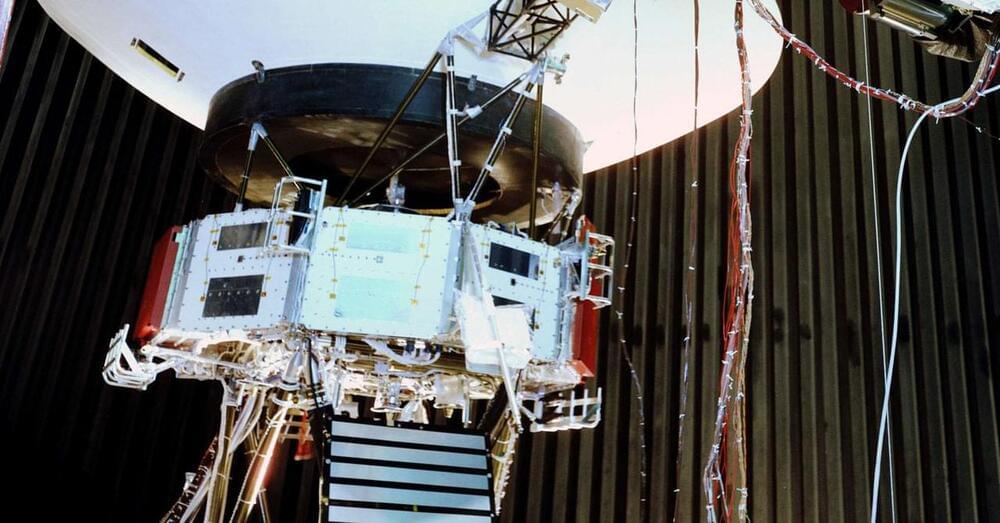


AI is poised as a way to address many of the hazardous elements of manufacturing workplaces. The technology can help limit employees’ exposure to loud environments, unwieldy machinery and dangerous tasks by streamlining processes and helping workers focus on less physically risky activities.
In manufacturing, many of AI’s potential benefits are concentrated in replacing the cause of the most common workplace injuries. These include “musculoskeletal disorders, mainly from overexertion in lifting and lowering, and being struck by powered industrial trucks and other materials handling equipment,” according to an OSHA spokesperson.
There are several ways to reduce those points of risk, with the most dangerous manufacturing tasks standing to benefit the most.
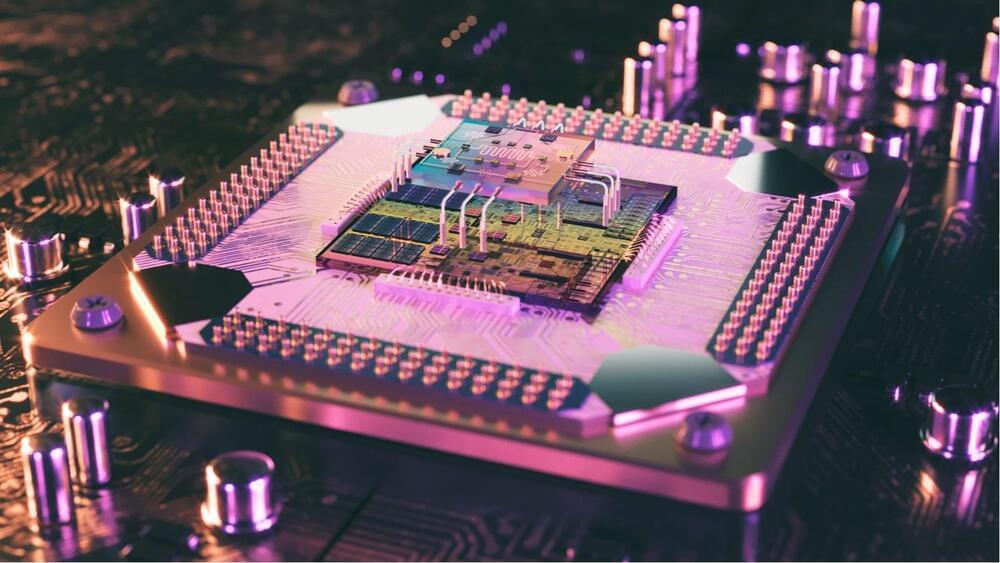
Editor’s note: “The Best Industry for Long-Term Investors?” was previously published in March 2023. It has since been updated to include the most relevant information available.
As a long-term investor, there’s one thing I like to do during periods of market volatility like we’re seeing right now.
I like to zoom out and look at the big picture to identify the technological megatrends that will reshape the world over the next decade, regardless of market gyrations. Then I buy the stocks on the cutting edge of those megatrends at huge discounts.

The U.S. Surgeon General has released an advisory alerting the public at large that loneliness has become an epidemic and represents an urgent public health concern. You might be tempted to think that this advisory is somewhat over the top and that loneliness is merely something that we all need to contend with from time to time. It seems obvious that loneliness happens. It seems obvious that loneliness is challenging.
Why should the nation’s highest official public health advisor make such a seemingly outsized clamor over a matter that we take for granted and assume is a natural part of living our lives?

The following statement is utterly ludicrous. It is also true. The world’s most important advanced technology is nearly all produced in a single facility. What’s more, that facility is located in one of the most geopolitically fraught areas on earth—an area in which many analysts believe that war is inevitable within the decade.
The future of artificial intelligence hangs in the balance.
TSMC’s chip fabrication facilities, or “fabs”—the buildings where chips are physically built—sit on the western coast of Taiwan, a mere 110 miles from mainland China.
Today, Taiwan and China are nearer to the brink of war than they have been in decades. With tensions escalating, China has begun carrying out military exercises around Taiwan of unprecedented scale and intensity. Many policymakers in Washington predict that China will invade Taiwan by 2027 or even 2025.
A China/Taiwan conflict would be devastating for many reasons. One underappreciated consequence is that it would paralyze the global AI ecosystem. Put simply, the entire field of artificial intelligence faces an astonishingly precarious single point of failure in Taiwan. Amid all the fervor around AI today, this fact is not widely enough appreciated. If you are working on or interested in AI, you need to be paying attention.
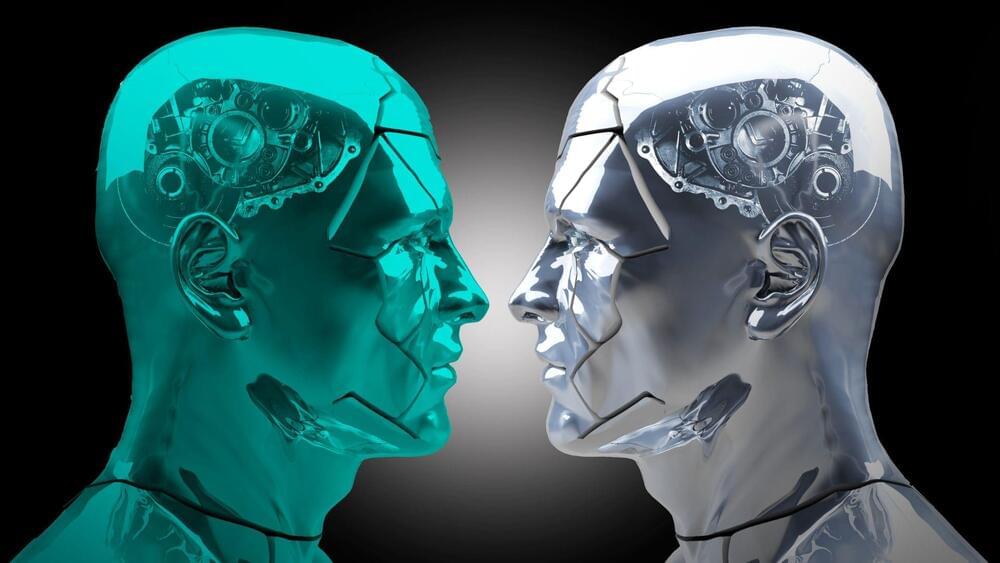
The search engine giant is planning to make Google more “visual, snackable, personal, and human” with AI.
Google has disclosed its aims to improve its search engine’s usability and attractiveness to young people throughout the world.
The Wall Street Journal reported on Saturday that the action was taken in response to the rising popularity of artificial intelligence (AI) programs like OpenAI’s ChatGPT, which may have a substantial effect on how society and businesses are run.

Despite the acute and never-ending need, these workers and other professionals in the field are paid very little, with no benefits.
A sizable, unseen army of contract employees is needed in the rapidly developing field of artificial intelligence (AI) to educate AI systems on evaluating data and producing text and visuals.
“We are grunt workers, but there would be no AI language systems without it,” Alexej Savreux, who has worked with startups like OpenAI, the creators of AI-sensation ChatGPT, told NBC.

SK bioscience inked a manufacturing deal with MSD for an Ebola vaccine candidate.
Under the contract manufacturing organization (CMO) deal, the New Jersey-based company will transfer technology for the candidate to SK bioscience so that the Korean company can make it at the L House, its vaccine manufacturing site in Andong, North Gyeongsang.
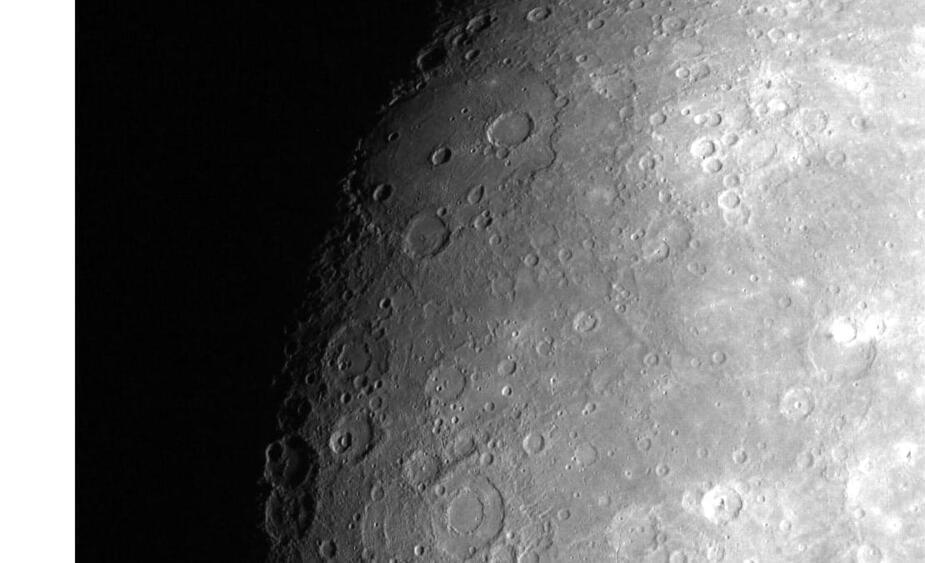
Continued the agency: “The need urgently exists to accommodate the planned communications and data transmission requirements of long-term and continuous commercial and scientific operations on and around the moon.”
Landing LunaNet
Through its Artemis program, NASA intends to land the first woman and the next man on the moon by 2024, followed shortly by establishing a sustained lunar presence. And it will need a communications network to do so.
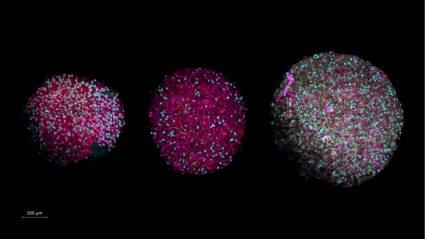
Despite AI’s impressive track record, its computational power pales in comparison with that of the human brain. Scientists unveil a revolutionary path to drive computing forward: organoid intelligence (OI), where lab-grown brain organoids serve as biological hardware. “This new field of biocomputing promises unprecedented advances in computing speed, processing power, data efficiency, and storage capabilities – all with lower energy needs,” say the authors in an article published in Frontiers in Science.
Artificial intelligence (AI) has long been inspired by the human brain. This approach proved highly successful: AI boasts impressive achievements – from diagnosing medical conditions to composing poetry. Still, the original model continues to outperform machines in many ways. This is why, for example, we can ‘prove our humanity’ with trivial image tests online. What if instead of trying to make AI more brain-like, we went straight to the source?